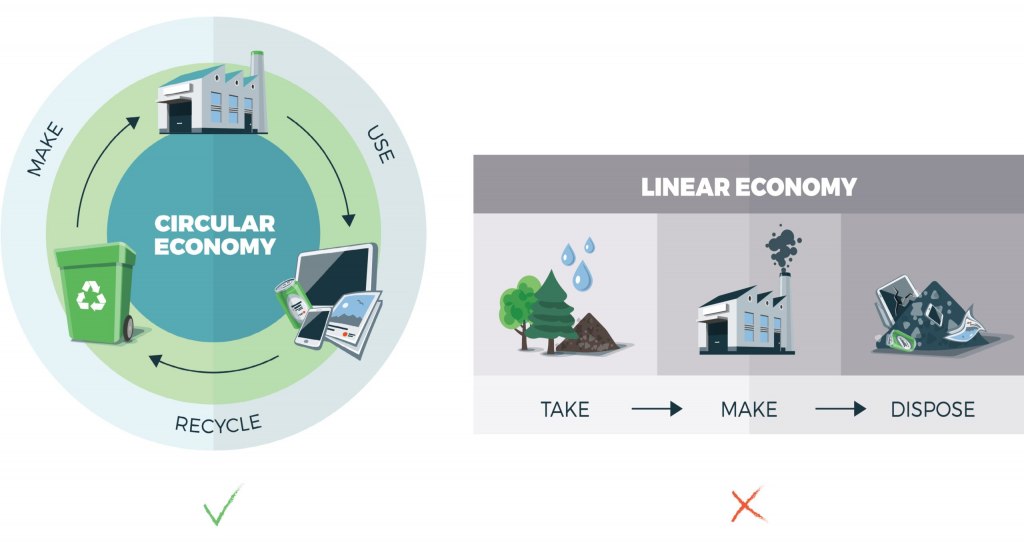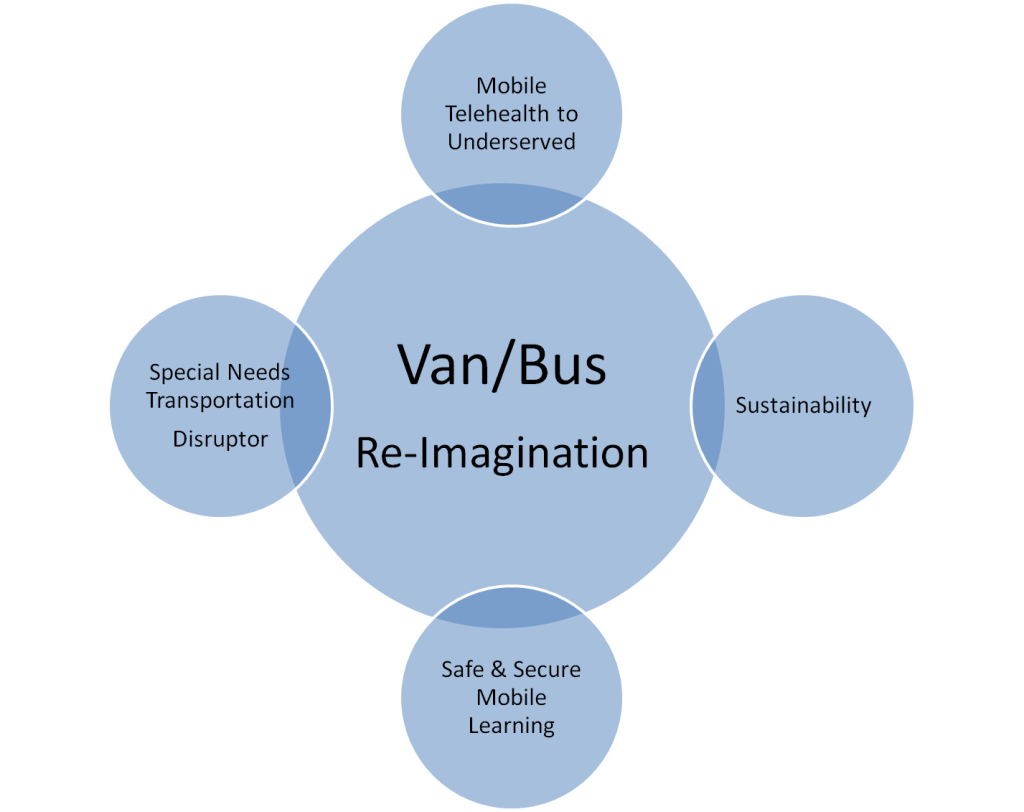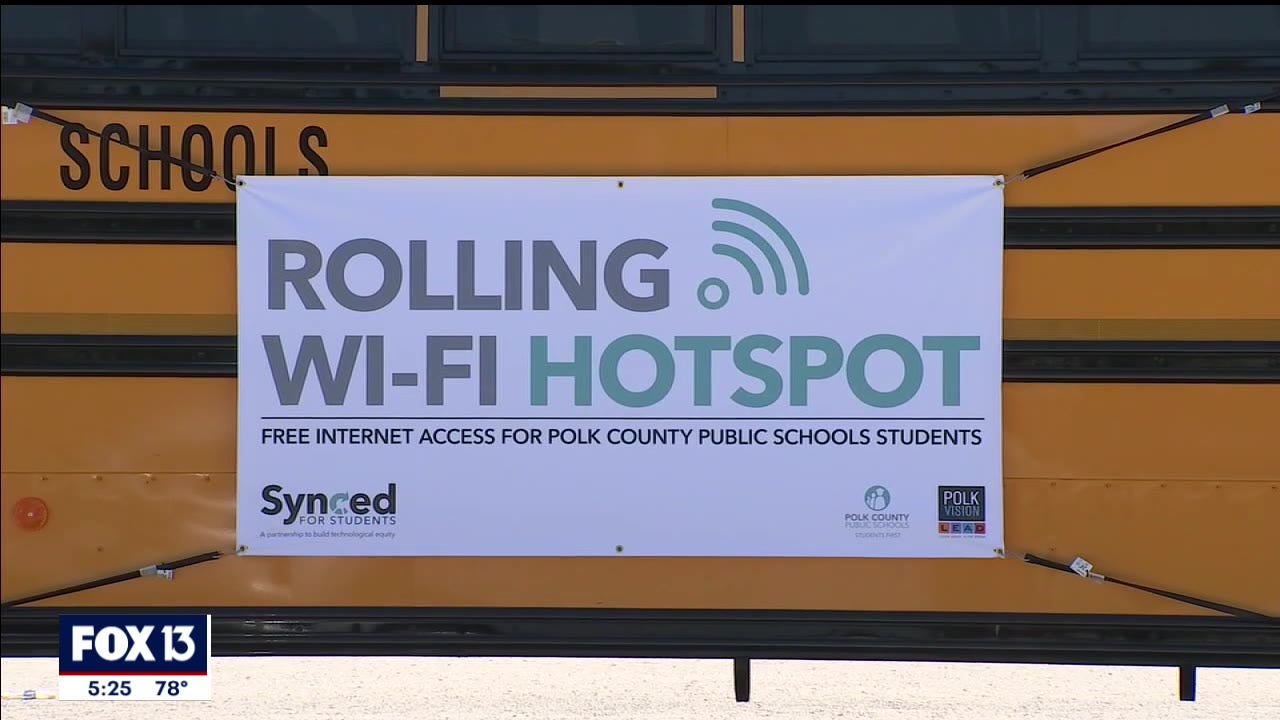Transportation Depot/Campus
The approach being used is modeled after a highly successful technology laboratory established several decades ago by the nation’s largest association of Fortune 500 Chief Information Officer crpg lab EXECUTIVE management of that past association is directly involved as is All TNALT.com Participants, and MARC3, a 501c-3 nonprofit Chief Executive Officer association with a mission of sustainable business resilience. This effort has a direct impact on improvement of the resilience of the national energy critical infrastructure as supported by the critical infrastructure resilience index (CIRI) detailed in past work detailed in the crpg lab link crpg lab.
(Physical/Virtual/Scalable) for training, and education.also can be used as a catalyst of change through Disruptive Innovation. Family Transporter approach “Vehicular Re-Imagination Development Center” leverages new technologies introduced by our development partners. Proposed solutions are modeled, and piloted in a controlled setting to measure, manage, and improve outcome. We use an incremental, planned, and strategic adoptive approach including following:

- Collaboratory, A collaboratory, as defined by William Wulf in 1989, is a “center without walls, in which the nation’s researchers can perform their research without regard to physical location, interacting with colleagues, accessing instrumentation, sharing data and computational resources, [and] accessing information in digital libraries”. Bly refines the definition to “a system which combines the interests of the scientific community at large with those of the computer science and engineering community to create integrated, tool-oriented computing and communication systems to support scientific collaboration”. Rosenberg considers a collaboratory as being an experimental and empirical research environment in which scientists work and communicate with each other to design systems, participate in collaborative science, and conduct experiments to evaluate and improve systems. A simplified form of these definitions would describe the collaboratory as being an environment where participants make use of computing and communication technologies to access shared instruments and data, as well as to communicate with others. However, a wide-ranging definition is provided by Cogburn who states that “a collaboratory is more than an elaborate collection of information and communications technologies; it is a new networked organizational form that also includes social processes; collaboration techniques; formal and informal communication; and agreement on norms, principles, values, and rules”.
- A Center of Excellence Campus bringing together subject matter experts representative of families, school districts, business, academia, and government to push the boundaries on disruptive innovation affecting the special needs student, environment, sustainability, safety, security, mobile learning.
- Strategic alignment leverages stakeholder interdependencies, and mutual interests to maximize benefits of disruptive innovation being piloted.
- Disruptive Innovations that have the greatest impact on quality of life, community, and the nation via a more collaborative approach tied to corporate social responsibility (e.g. environmental sustainability).

- Creation of workforce readily adaptable to change through piloting on-demand workforce reengineering in anticipation of latest disruptive innovation.
- Develop Curriculum for “Tomorrow’s” workforce within a community based “Silicon Valley Like Tech Scene”. This includes AI–enabled microlearning solutions. A single integrated platform working across multiple vendor platforms encompassing simulation for training with rich extended reality capabilities, and tools for designing learning and development programs.

Listed below are several representative examples (e.g. Environmental Sustainability, Mobile Learning).
Environmental Sustainability
WESI Wolf Pack Environmental & Sustainability Initiative (WESI)
Center of Excellence Evolution (Illinois- Burr Ridge, Mendota)













Prevailing thought is the transportation depots can be the epicenter for community oriented “Disruptive Environmental Innovation” tied to quality of life improvement attracting the involvement of “Subject Matter Experts” from Families, School Districts, Corporate, Academia, and Government.

Democratization Of Energy PILOT
Energy democracy is a concept developed within the environmental justice movement that pairs the renewable energy transition with efforts to democratize the production and management of energy resources—
https://sohoamenities.com/ev-power Our partner sohoamenities.com, has createdElectric vehicle charging services provided in a semi-permanent yet portable charging solution using repurposed shipping containers to hold multiple EV charging stations. This solution is augmented by several ev charging vans & Mobility Solutions located alongside the charging station for a mobile/portable service whenever necessary. As companies rely more on fleet vehicles run by electricity, the requirement for on site recharging services of same vehicles will grow exponentially. FamilyTransporter will be able to provide required onsite charging through our ev charging mobile solutions. We are currently piloting this service with specific apartment complexes as an amenity service they now provide their tenants.


https://sohoamenities.com/ev-power

Family Transporter believes in enhancement of quality of life for those we service including environmental impact. We foster Circular Economy beliefs (e.g. reducing waste to a minimum by reusing, repairing, refurbishing and recycling existing materials and products). Our goal is best practice development to achieve cross industry net zero operations by 2030.
Food waste is a potential energy catalyst for future technology innovations including electric vehicle evolution. In a unique way, it leverages corporate social responsibility initiatives focusing on sustainability of the environment with far reaching consequence that directly impacts quality of life for families we service. Transportation depots we feel can be a nucleus/campus for “Technology Innovation” acting as a proving ground to bring same to fruition. Family Transporter is piloting the use of biomass (e.g. bioethanol, biogas etc.) that is produced from waste and used to create the electricity required for an electric vehicle charge without impact to the grid. We have engaged local residents though a residential waste cooking oil curbside, recycling program, and restaurants as the suppliers of required food waste with active involvement of town/city administration. Select transportation depots will be pilot sites testing out cross industry solutions (e.g. EV charging stations for refuse, recycling, and school transportation fleets).
The restaurants are also engaged to convert their refuse/recycling containers to wireless hotspots throughout the community they service.

Clean Energy created from the biomass collected as the basis for generation of distributed energy necessary for innovations like EV charging stations without impact to the electric grid. This is also essential as EV Charging Station Maps show a wide disparity with predominant locations of electric vehicle charging infrastructure concentrated along the coasts and in major cities. Key is the widespread fear of undue stress on an electric grid that is not resilient. Pilots collateral benefit is development of environmental initiative to mitigate food waste, creating local consortiums of stakeholders for whom food sustainability is “the norm”.

Mobile Learning
For more than 20 years, the universal service Schools and Libraries Program, also known as E-Rate, has provided eligible schools and libraries discounts of up to 90% for telecommunications and internet costs. But when Covid-19 forced schools to move to virtual learning, students without reliable, high-speed internet at home were left behind.


To address that disconnect Congress created the Emergency Connectivity Fund (ECF), a temporary relief program that covered reasonable costs of laptops and tablets, Wi-Fi hotspots, modems, routers and broadband access for off-campus use by students, school staff and library patrons.
School Buses, and vans can be better leveraged for the underserved, including the special needs students/families. Family Transporter is piloting a strategic alignment of Wi-Fi hotspots and broadband on school buses, and vans that are strategically located at overnight locations. We are engaged on several broad band funding pilots specific to mobile learning capability. Wiring vans, and school buses is consistent with the Family Transporter goal of enhancement of quality of life for those we service.